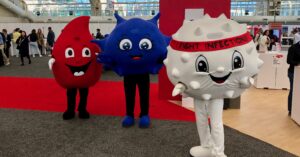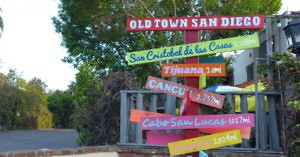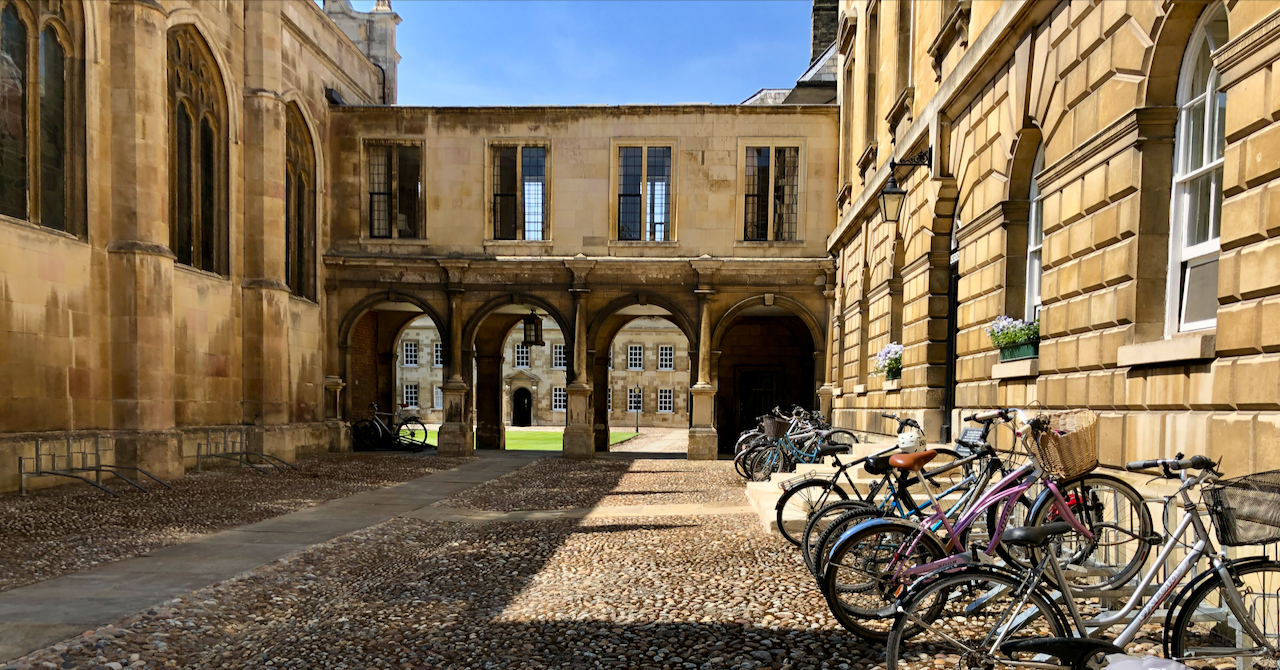
Through the window of aiming at tough to hit targets – with new approaches will we soon see more than before?
One of my big dislikes in oncology is the tendency to describe certain areas of R&D with the characterisation around the popular media epithet, “Drugging the undruggable.”
When we think of ‘undruggable’ in oncology R&D the first three targets that many people think of are MYC, RAS and TP53.
Quite aside from the issue that implies we can do little or nothing for those patients unfortunately affected is that it results in a more closed mind, a bit like half empty versus half full; it’s only undruggable in the context of what has gone before us and offers little in the way of future possibilities that lie ahead of us.
The RAS pathway is a great example of this phenomenon.
For years it was considered undruggable and yet despite that we now we have several selective BRAF mutation inhibitors, plus some nice approaches now emerging against KRAS mutations such as G12C (e.g. Amgen, Mirati, Araxes/J&J) and G12D, plus let’s not forget the potential for tipifarnib against HRAS mutant squamous cell carcinoma of the head and neck (SCCHN). All of these have shown some nice preclinical promise with some (BRAFV600E) already approved by Health Authorities.
There are other tough targets to think about too, including MYC and TP53, but rather than consider them undruggable, I’d rather think it just takes a little bit of time (and a lot research) before we understand the underlying biology better in order to figure what we can optimally target.
With that thought in mind, we have a new five part mini-series to share focusing on MYC. It’s actually been three or four years in the making ever since I heard a wonderful talk on the topic about improved mouse models that allow us to interrogate the biology more profoundly in order to understand how things work.
Not all of the interviews were theoretical in nature – we also talked to a leading scientist in this area involved in a largely unheard of start-up/spinoff with the goal of developing new therapeutic approaches against hard to target oncogenic drivers.
Before we go there on our journey, however, we need to begin with some basic understanding to set the scene…
To learn more and get a heads up on our latest oncology insights, subscribers can log-in or you can click to gain access to BSB Premium Content.
This content is restricted to subscribers









